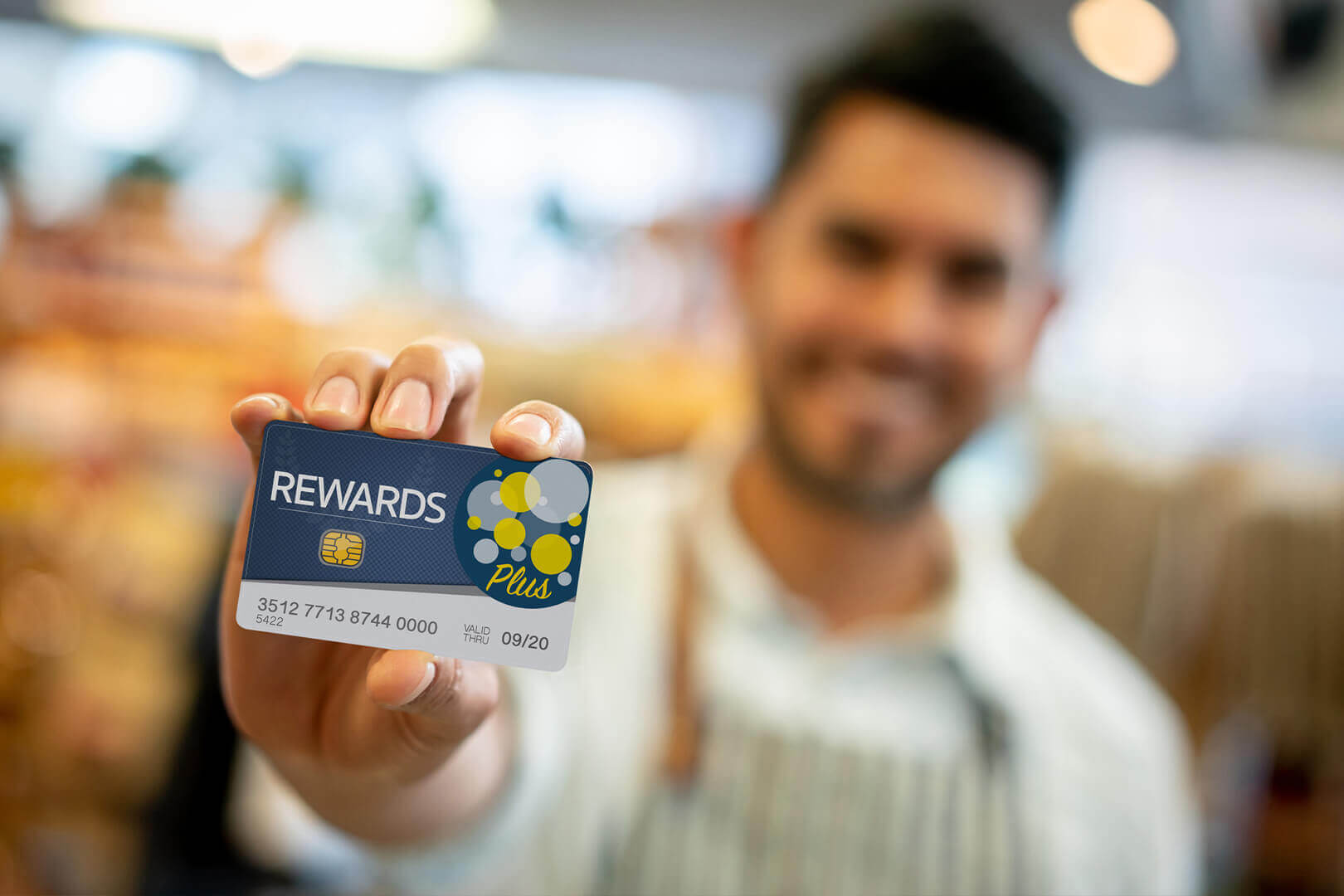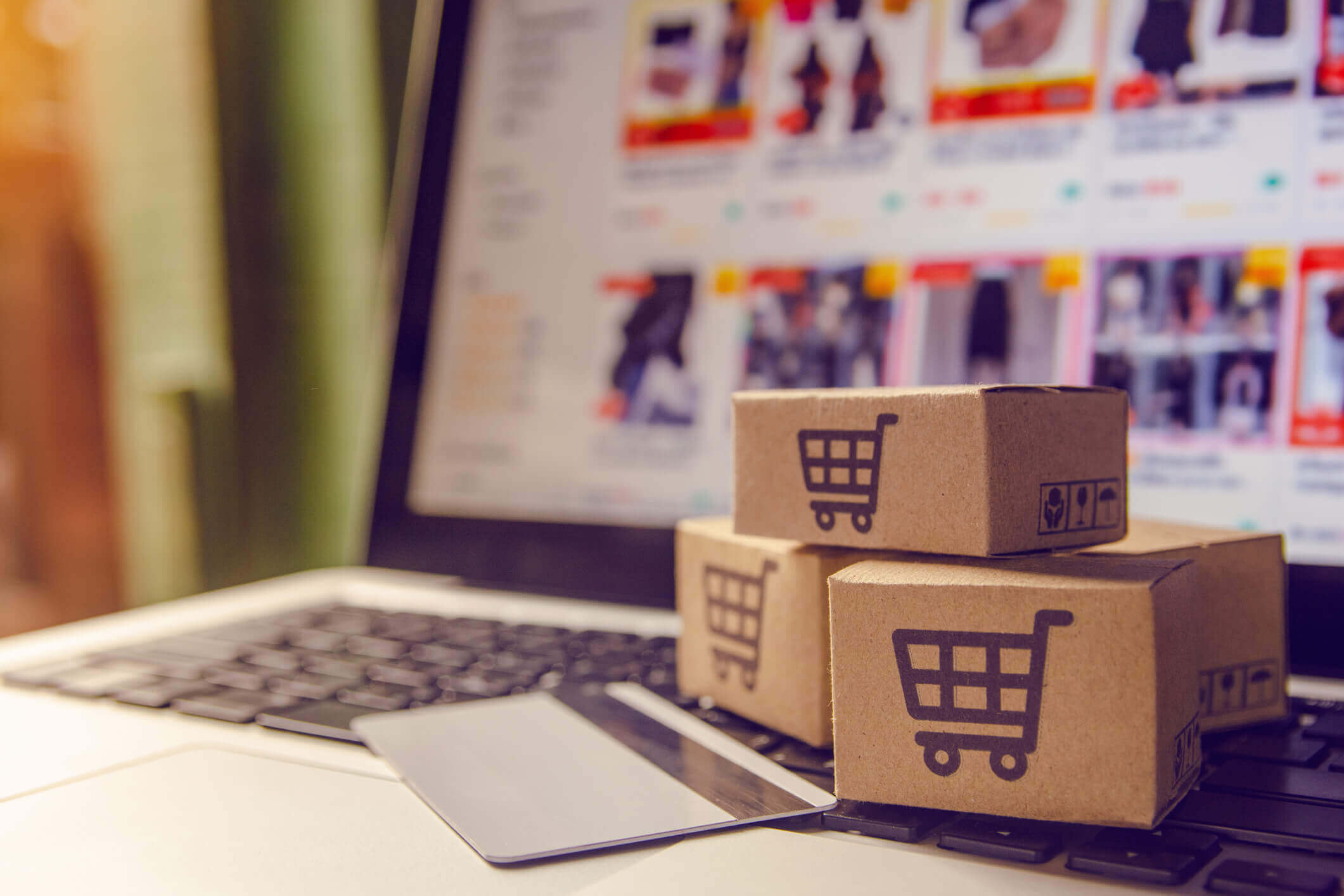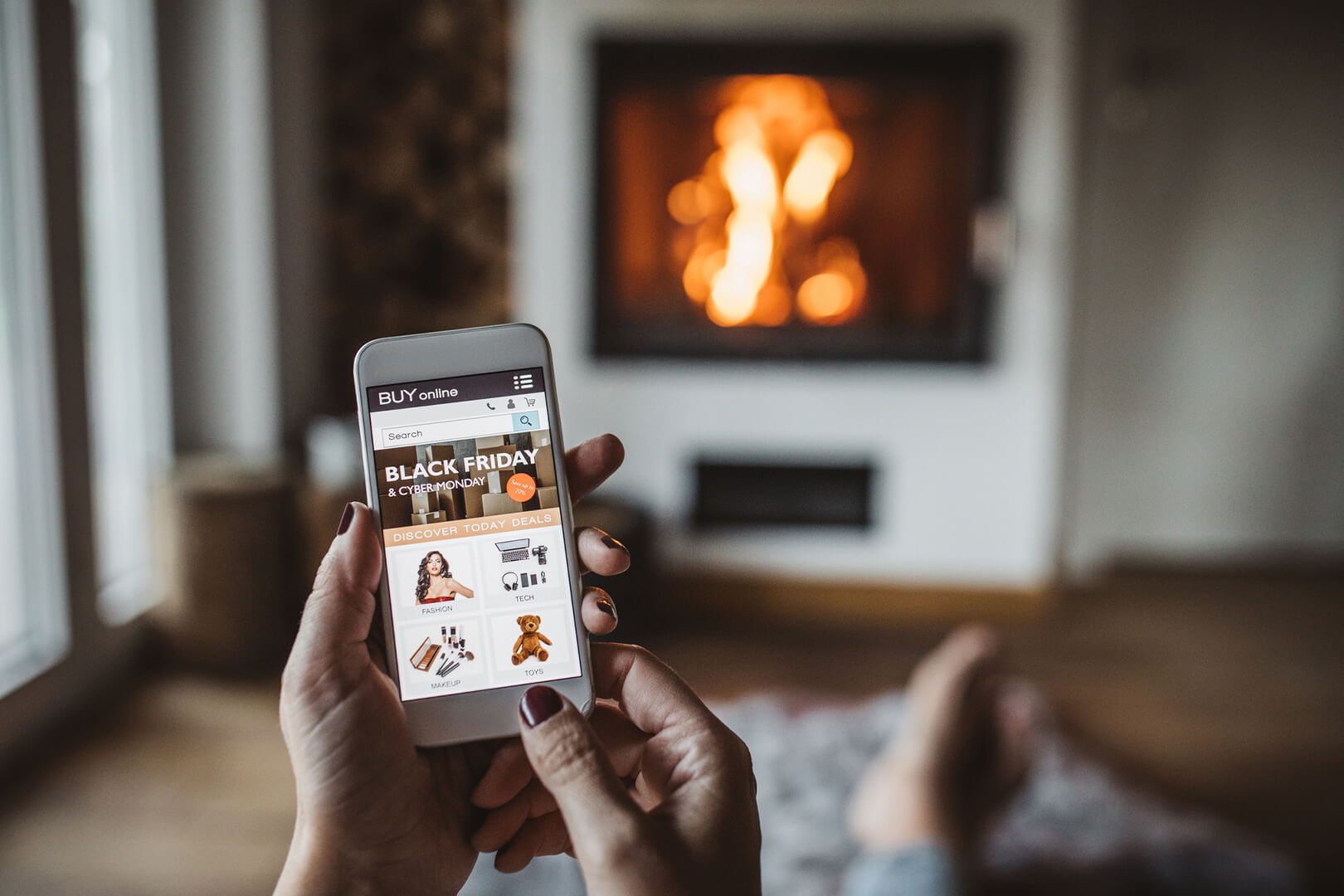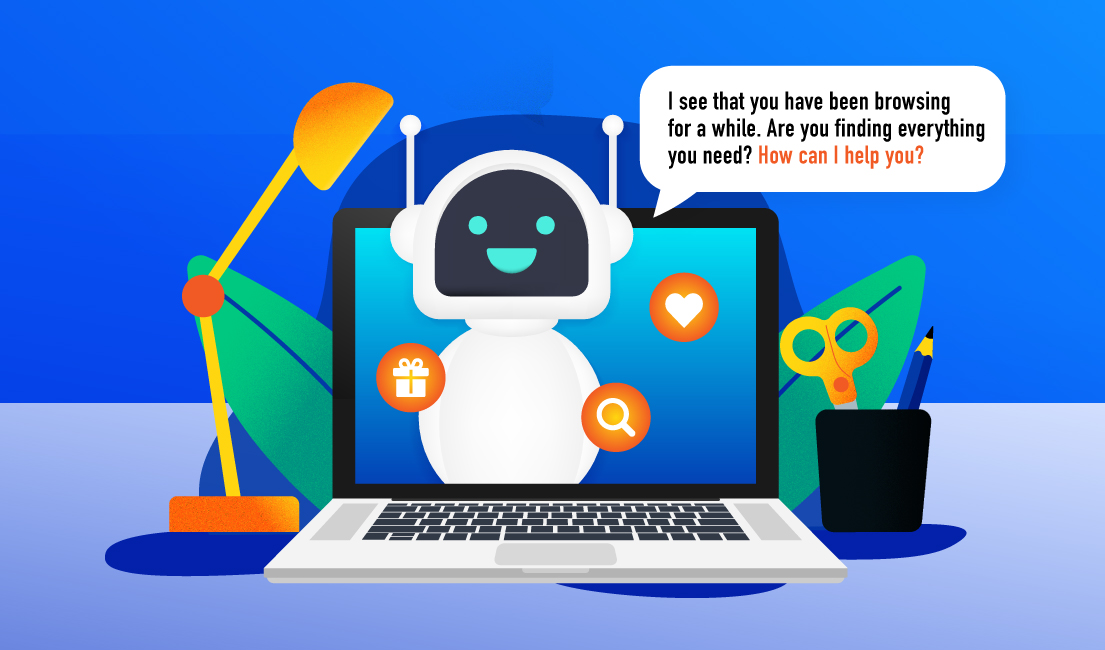6 min read
If you are aiming to grow your business, returning customers are key – repeat business is a surefire way to drive revenue and build a sustainable business. One of the best ways to achieve it is through a customer loyalty or VIP program.
However, with hundreds of thousands brands fighting for customer loyalty with various schemes and programs, how do you ensure yours delivers real value to customers, and keeps them coming back for more?
What Does Customer Loyalty Mean for Businesses?
Happy customers spread the word, and word-of-mouth is far more effective than a company’s advertising. According to Nielsen, 26 percent of global consumers say brands become familiar to them through recommendations, while only 15 percent claim they stay loyal due to the brand’s advertising and marketing messages.
Loyal customers have a higher lifetime value (LTV or CLV) than occasional customers, and they are more likely to make bigger purchases. In a recent KPMG survey, 52 percent of consumers said they would still buy their favorite brand even if it was cheaper and more convenient to buy from a rival.
They also make a big difference to a company’s sustainability. The same KPMG survey shows that 86 percent of customers will recommend a brand to which they are loyal, and 46 percent will remain loyal even after a bad experience. In today’s fragile market, where customers are spoiled for choice, such loyalty is highly prized.
Why Do You Need a Solid VIP Program?
If you want those VIP customers to stick around for the long term, you will need to give them an excellent reason to do so.
Loyalty or VIP programs offer a company’s most frequent customers rewards to incentivize long-term business. They can take many forms, but the most common offer is either a points system of rewards for money off your next purchase, coupons, or free merchandise. They are also increasingly offering experiences, such as the chance to meet brand ambassadors, celebrities, social media influencers and the like at brand events.
Customers love these benefits. According to The Loyalty Report by Bond, 73 percent of global respondents say they are more likely to recommend brands with good loyalty programs, while 79 percent say such programs make them more likely to continue doing business with a brand.
From Joe Blow to VIP: Transforming the Customer Into a Very Important Person
When creating your own loyalty program, there are two key questions to answer. How do you turn occasional customers into loyal customers? And how do you make the program as effective as possible?
Step 1: Find your most valuable customers
The first step is to make sure you are communicating with the right audience – in this case, your most valuable customers. You can use deep learning to analyze your data on past customer behaviors to create customer segments based on various metrics – what these are will depend on your goals as a business. The most commonly used are LTV, the number of placed orders, and the average order value (AOV).
Segmenting your customers like this has two benefits. Firstly, it lets you see which customers have spent the most with your company. Secondly – and perhaps more importantly – it allows you to use predictive deep learning algorithms to predict which segments are most likely to spend more in the future, giving them a higher overall LTV.
Step 2: Deliver hyper-personalization in real time
Now you have your most valuable customer segments, you can take it a step further by creating micro-segments based on customer interest. To make sure you keep up to date with loyal customers’ current needs and wants, you need to leverage both owned customer data (aka first-party data, like that generated by your own CRM, website, apps and social media channels) and third-party data to develop a much more complete picture of your customer. This insight enables you to discover their hidden interests based on topics and keywords they pursue outside your own channels.
For example, if you see a customer has bought running shoes from your site, and read an article about yoga on a third-party site, you can leverage that information to deliver a hyper-personalized offer for your range of yoga mats or a blog post about the top 10 yoga studios in town, increasing customer loyalty.
With this level of deep insight, you can serve your customers in an entirely new way. Personalized offers can be fine-tuned to their preferences (only showing them running shoes within their budget, say). You can tailor your messaging to speak their language, be it C-suite speak or surfer lingo. You can even tweak your website landing page to surface the most relevant content to them and their interests, saving them the trouble of looking for it.
Creating a VIP Program That Stands Out From the Crowd
Once you have those VIPs hooked, you will want to ensure your loyalty program is enticing enough to keep them coming back. Here are some best practices to help you stand out.
1. Give something back
Give something back to those less fortunate. Toms, a footwear and accessories company, offers Toms Passport Rewards, a points-based system that lets its customers use their points to support a charitable fund or foundation. By allowing its customers to give back to communities around the world, Toms positions itself as a force for good, and not just another footwear brand.
2. Go beyond the purchase
Why not expand your VIP program beyond just purchases? After all, customers can be valuable in more ways than just spending money with you. The skincare brand Odacité offers customers points for sharing its products on Facebook, following the brand on Instagram, writing a review, and even just creating an account. Everyone wins: the brand gets more exposure and more customer data, while the customer essentially gets free money.
3. Put your customers to work
You could take this a step further and turn your customers into your brand advocates. That is what cosmetic and skincare retailer Tarte does with its Team Tarte rewards scheme. By giving its customers reward points for creating user-generated content like posing for selfies with Tarte products and writing online reviews of its products, it has marshalled its customer base into an army of marketing influencers. Why pay the real influencers when you can reward your customers for doing that job instead?
4. Incentivize your customers
‘The more you spend, the more you save’ is also a great message. CorePower Yoga’s Member Program reduces the cost per class drastically for their most loyal customers who pay a flat annual rate. Throw in other perks like unlimited classes and free yoga workshops – not to mention the satisfaction that comes from keeping up an exercise regime – and you have a deal that yogis will bend over backwards for.
5. Make experiences their own reward
It is not just yoga brands that recognize the value of experiences. Outdoor apparel brand The North Face knows it too. Its VIPeak program offers more lifestyle-oriented rewards that customers can spend their points on, like a mountain-climbing trip to Nepal. They can even collect points by having experiences: by attending North Face events or checking in at certain locations (in the great outdoors, naturally). With experiences laser-targeted to their customers’ interests, the brand offers much more than mere apparel: the chance to create memories that last a lifetime.
VIP programs are a fantastic way to increase customer engagement and instill brand loyalty. By targeting the right customers in the right way and with the right offers, you can change where their loyalties lie in the long run.
* Increasing customer loyalty isn’t easy. That’s why we’re here to help! Get in touch with our team today to learn how you can improve customer engagement and retention with artificial intelligence.



